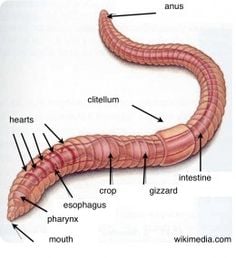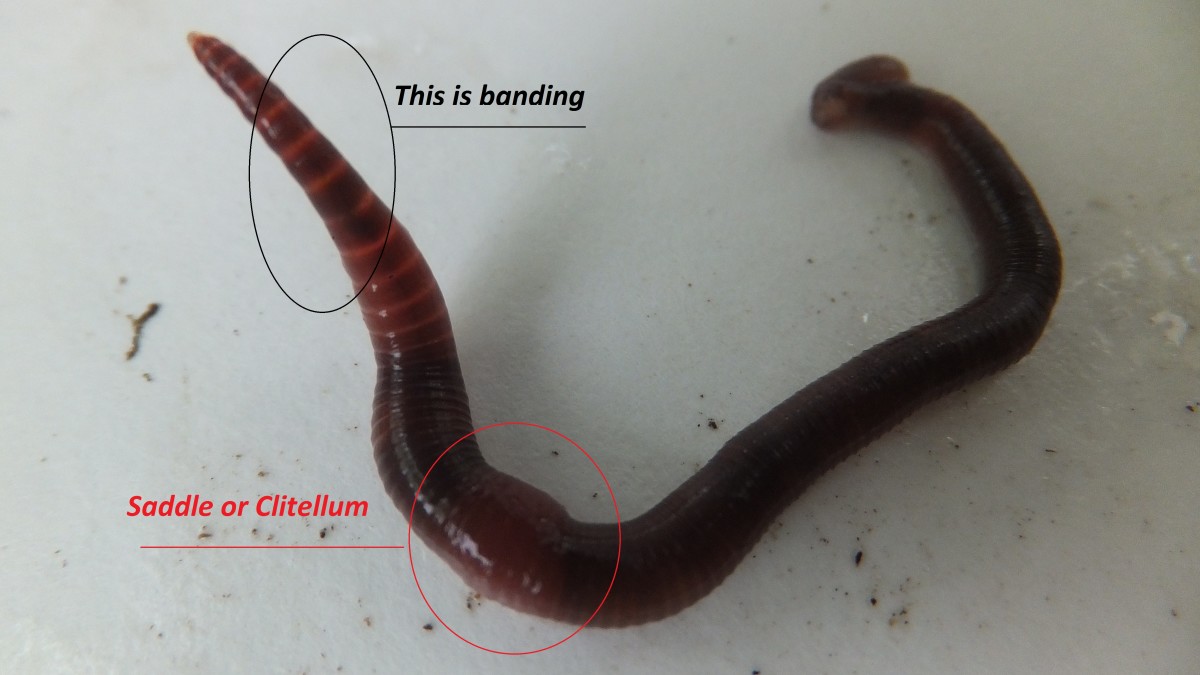Red Wiggler Worms - Perfect for Vermicomposting and Soil Enrichment
Red Wiggler Worms - Perfect for Vermicomposting and Soil Enrichment
Blog Article
Taking Full Advantage Of the Conveniences of Red Wiggler Worms: A Comprehensive Handbook for Home Gardeners and Urban Farmers
In the world of lasting gardening methods, red wiggler worms stand as unrecognized heroes, silently transforming natural waste right into nutrient-rich castings that can work wonders for dirt health and wellness. By discovering the details of how to successfully care for and make the most of the benefits of red wiggler worms, individuals can unlock a wide range of possibilities for boosting the sustainability and productivity of their gardening endeavors.
Comprehending Red Wiggler Worms
Red Wiggler worms, renowned for their efficient composting capacities, are a types of earthworms widely made use of in vermiculture practices. These worms, clinically called Eisenia fetida, thrive in decomposing organic product, making them suitable prospects for composting (Red Wiggler Worms). Red Wigglers are ravenous eaters, with the ability of eating their very own weight in natural waste daily. Their digestion procedure breaks down raw material into nutrient-rich castings, which are a beneficial resource for enriching soil and advertising plant growth.
One key characteristic of Red Wiggler worms is their reproductive rate. These hermaphroditic animals have both male and women reproductive organs, allowing them to replicate swiftly under desirable conditions. A mature Red Wiggler can create multiple spawn in a short duration, ensuring a stable population within a composting system.

Establishing a Worm Bin
When developing a worm container for vermiculture purposes, appropriate prep work and focus to detail are necessary for developing a helpful atmosphere for Red Wiggler worms. Begin by choosing an appropriate container for your worm container.

Area the worm bin in a cool, dark place away from direct sunshine and extreme temperatures. On a regular basis check the dampness levels, including water if the bed linens really feels half-cracked or dry. Feed the worms a well balanced diet of vegetables and fruit scraps, staying clear of citrus fruits, onions, and spicy foods. By adhering to these steps, you can establish a flourishing worm container that will efficiently process organic waste into nutrient-rich vermicompost for your garden.
Feeding and Maintaining Worms
Guaranteeing a well balanced and nourishing diet is critical for the health and productivity of Red Wiggler worms in a vermiculture system. It is crucial to avoid feeding them citrus fruits, onions, garlic, milk products, meat, and oily foods as these can be hazardous to the worms or trigger unpleasant smells in the bin.
Appropriate moisture degrees are additionally vital for the health of Red Wiggler worms. The bedding must seem like a wet sponge, giving sufficient moisture for the worms to breathe with their skin. Routinely check the wetness levels and readjust by including water or dry bed linens material as needed. Additionally, maintaining appropriate temperature problems in between 55-77 ° F(13-25 ° C )will certainly ensure optimal worm activity and recreation. By faithfully checking their click over here diet regimen, dampness, and ecological problems, home garden enthusiasts and city farmers can maintain a efficient and healthy and balanced Red Wiggler worm population for composting objectives.
Harvesting Worm Spreadings
To successfully remove nutrient-rich worm castings from the vermicompost, click here now an organized harvesting process is necessary for taking full advantage of the composting advantages. Red Wiggler Worms. The primary step in harvesting worm castings is to encourage the worms to migrate to one side of the container. This can be achieved by positioning fresh food scraps on one side and leaving the opposite side uninterrupted for a couple of days. As soon as the majority of worms have relocated to the side with fresh food, the spreadings can be gathered from the opposite side.
After the spreadings have actually been gathered, it is essential to separate any kind of remaining worms from the spreadings to avoid harming them throughout storage or application. One reliable approach is to produce cone-shaped heaps of castings under brilliant light. Worms will naturally move away from the light, permitting for easy splitting up and removal.
Finally, the harvested worm spreadings should be kept in an awesome, dark, and dry area to maintain their high quality and performance as a nutrient-rich soil modification. By adhering to these steps, home garden enthusiasts and city farmers can take full advantage of the advantages of red wiggler worms in their vermicomposting systems.
Using Worm Castings in Gardening
The incorporation of nutrient-rich worm spreadings right into yard dirt can substantially improve plant development and general dirt health. Worm spreadings, also called vermicast, are an all-natural fertilizer generated by red wiggler worms as they damage down organic issue. These spreadings are abundant in necessary nutrients like nitrogen, phosphorus, potassium, and helpful microorganisms that promote plant growth and enhance soil framework.
When making use of worm spreadings in gardening, it is necessary to mix them thoroughly right into the soil or utilize them as a top dressing around plants. The slow-release nature of worm castings guarantees a constant supply of nutrients to plants in time, minimizing the investigate this site threat of nutrient leaching and advertising long-term soil fertility. Furthermore, worm spreadings assist improve soil oygenation, water retention, and microbial task, developing a healthy and balanced setting for plant origins to thrive.

Verdict
In conclusion, the use of red wiggler worms in home horticulture and city farming can dramatically profit dirt health and plant development. By understanding how to establish up and keep a worm container, feed the worms properly, and collect their nutrient-rich castings, gardeners can maximize the advantages of these earthworms.
In the realm of sustainable horticulture practices, red wiggler worms stand as unrecognized heroes, quietly changing natural waste right into nutrient-rich castings that can function marvels for soil wellness.When establishing a worm container for vermiculture functions, correct prep work and focus to information are essential for creating a favorable atmosphere for Red Wiggler worms. The first step in collecting worm spreadings is to motivate the worms to migrate to one side of the container. Worm castings, likewise understood as vermicast, are an all-natural fertilizer created by red wiggler worms as they break down natural matter. By comprehending exactly how to set up and keep a worm container, feed the worms appropriately, and collect their nutrient-rich castings, gardeners can make the most of the advantages of these earthworms.
Report this page